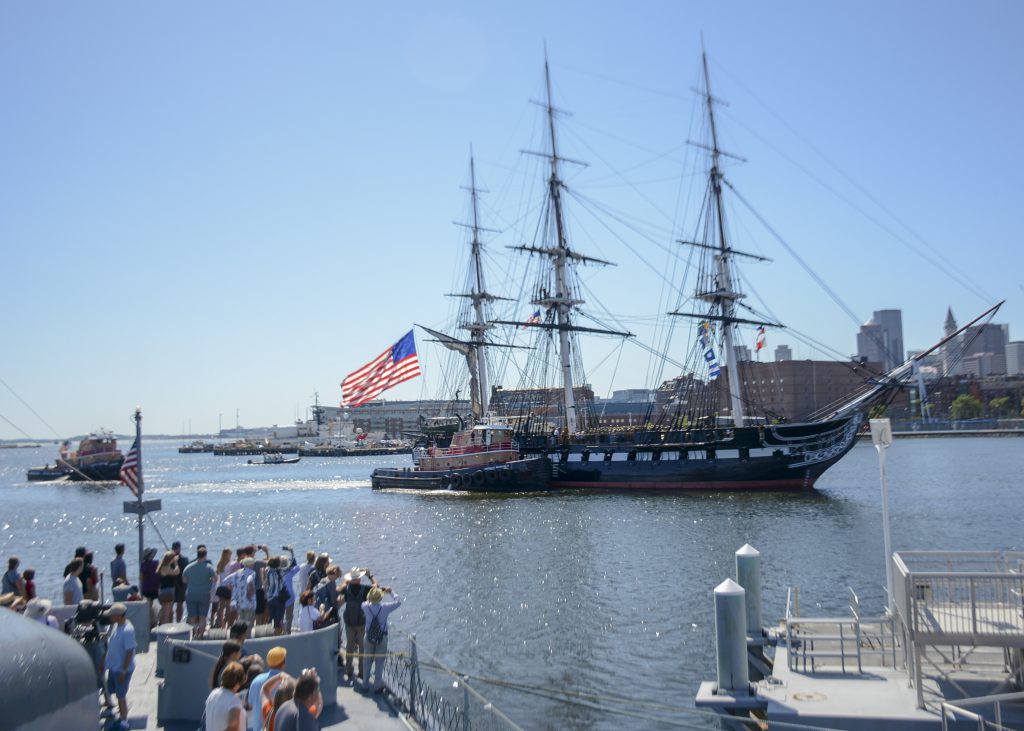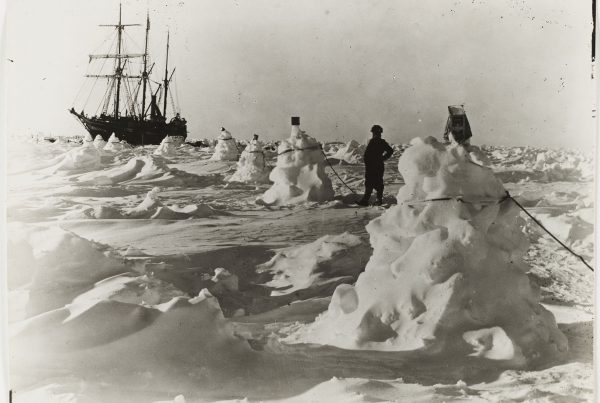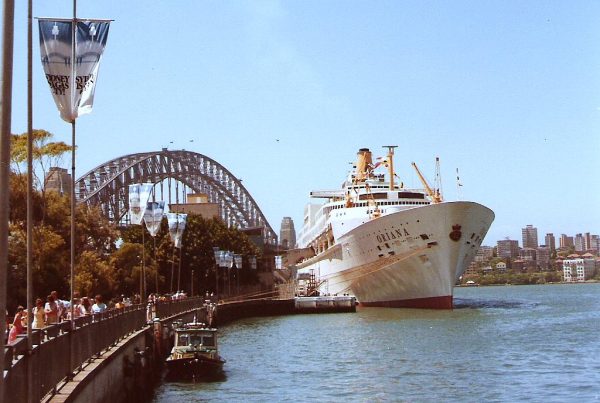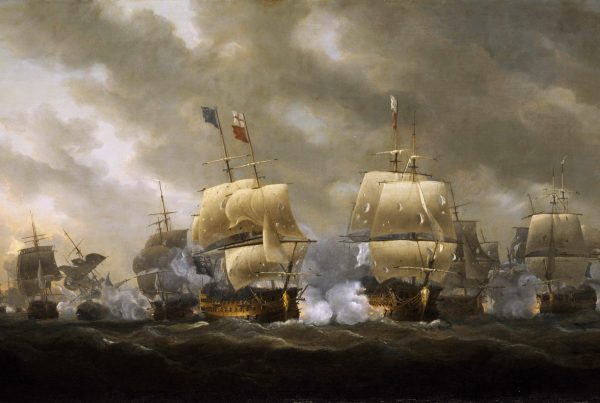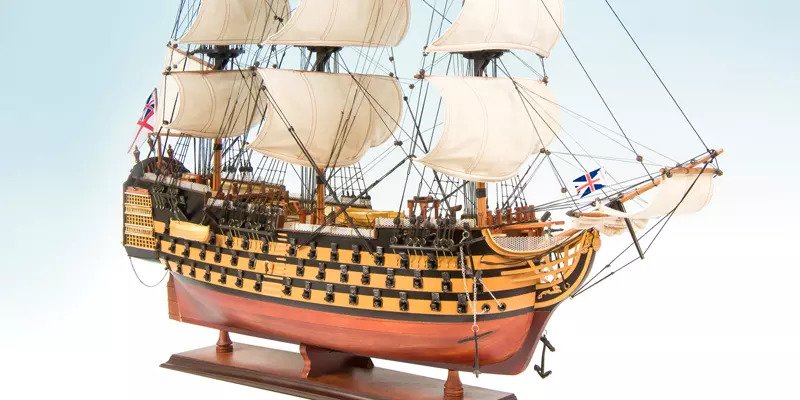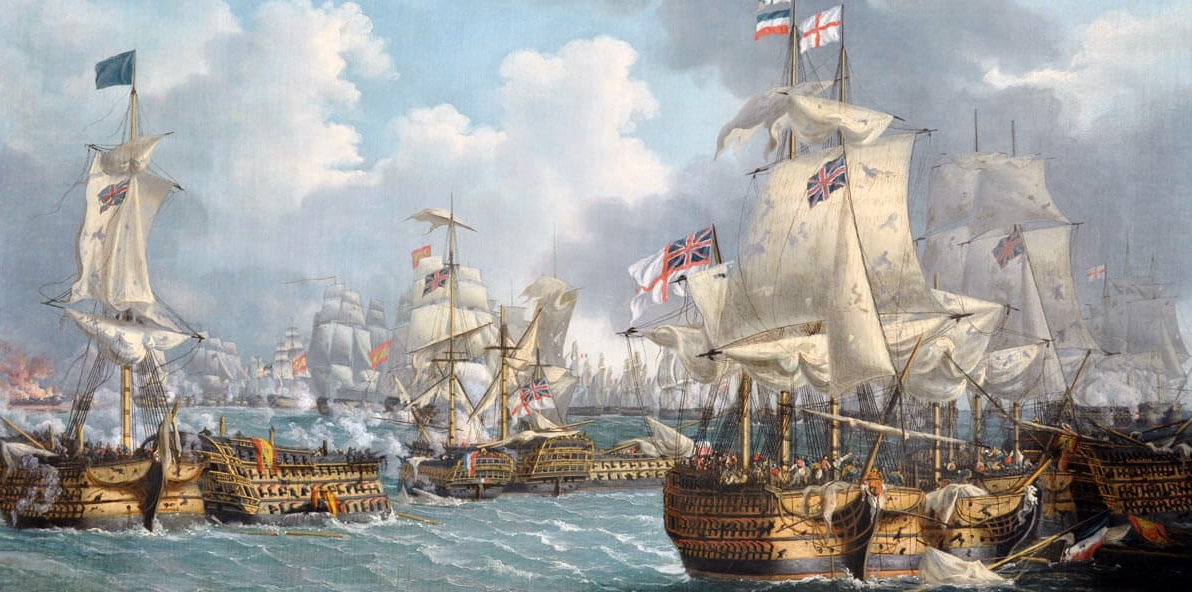
The Battle of Trafalgar – Summary, Facts and Significant – European History
While war is never a good thing, many wars in history have been fought with major significance on the rest of the world. And while today many conflicts are more regionalised, they do have the tendency to spill over into other parts of the world. Some battles, though, have a habit of sticking around in history for centuries. One such battle is that Battle of Trafalgar. This famous battle took place on the 21st October 1805, and is regarded as one of the most important battles of the era.
The battle itself took place between three major warring powers: the British, the Spanish, and the French. As part of the War of the Third Coalition of the Napoleonic Wars, this battle had a massive say in how the eventual war would resolve itself. The battle was part of a major plan of Napoleon Bonaparte’s plan to invade English. To do so, he teamed up with the Spanish fleets and they formed a blockade on the English Channel. Under the command of famous Admiral Villeneuve, they soon met British resistance. Led by Admiral Lord Nelson, the British fleet was assembled to take on the allied forces in the Atlantic Ocean.
They met just off the southwestern coast of Spain, and arguably one of the most important battles of the time took place.
The battle itself is held in huge regard by British historians as a major victory for the British forces. Outmanned and outgunned, Nelson and his fleet put together a stunning riposte to push back the allied forces and retake control of the region. They battled a French and Spanish fleet that would have been conventionally impossible to defeat – through intelligent tactics and sheer willpower, though, the British prevailed in what is regarded as one of the biggest victories in British naval history.
Why did the Battle of Trafalgar take place?
The battle was, in truth, a long-running consequence of various actions taken by all sides. Come the end of the month of September in 1805, Admiral Villeneuve had received his orders – he was to leave Cadiz, Spain, and bring his troops at Naples to support the French campaigns taking place in Italy. The French were struggling, and the Admiral was to bring extra support. He decided to take his fleet to battle on the 19th October, aiming to move through the Mediterranean Sea without engaging in conflict with others.
However, the fleet was caught by Nelson and co. on the 21st October. The fleet formed a singular line to try and ward off the British attack, while Nelson formed a flanking formation. His fleet split into two, with one attacking from the west, attacking at right angles. Chief among the attacking Admirals was Admiral Cuthbert Collingwood, who was in charge of the famous Royal Sovereign naval ship. They engaged the back-end of the French-Spanish ships.
It was at this time at Nelson, aboard his famous ship, the Victory, uttered his immortal line: “England expects that every man will do his duty.”
Nelson, commanding 12 of the British ships, led his attack on the centre of the line, attacking the famous Bucentaure warship that Admiral Villeneuve was on himself. The vast majority of the British squadrons broke through the lines and engaged in a vicious pell-mell battle, quickly scattering the lines. The intelligence of the two-flank attack had left some of the most powerful ships on the Allied side, including Admiral Pierre Dumanoir, unable to get involved in the battle until much later on in the day. However, even once the rest of the leading Allied ships could get involved, their counterattack was powderpuff, and they were brushed aside by the British.
By about 5PM, the battle was now nearing victory.
The aftermath of the battle
At the end of the battle, Villeneuve himself was captured and the fleet lost as many as 20 ships. The British took control of the ships, and some 14,000 men were surrendered, with half becoming prisoners of war. Some 1,500 British seamen died during the battle, and not a single British ship was lost. However, one major loss did take place – Nelson himself died.
He was shot by a sniper during the battle, and his mortal wounding left him holding on for life. By 4:30PM, though, the Admiral knew that victory was more or less assured as the Allied forces began to scatter and surrender. Though Britain lost one of its finest admirals on the day, it changed the entire course of the war itself.
Napoleon himself had intended to invade and conquer England; seeing his forces scattered in such a comprehensive manner, though, changed his tract entirely. Soon, the plans to move into England and attack were left behind. Napoleon would never go on to achieve his long-stated aim of invading Britain, with the proof in the Battle of Trafalgar showing that it simply would not have been possible to succeed.
How did Horatio Nelson win?
When you look at the sheer challenge of the Battle of Trafalgar, it is really hard to understand how a victory was possible. Nelson took his 27 British ships into battle against a 33-strong allied force. The Spaniards brought 15 of their finest ships, France 18. This left the British against a manpower and a firepower disadvantage. However, intelligent tactics to split the attack and to catch the slow, tardy ships that the Allies were using proved to be a massive success.
Despite his own ship coming under fire from major ships like the Heros, Santisima Trinidad and Redoutable, they were able to withstand the fire – even when the Neptune got involved. The wheel of the Victory was badly damaged, forcing the ship to be steered from the tiller belowdecks. However, being able to overcome the fire and eventually break through into the main ships was crucial in helping to scatter the Allied resistance and create an opportunity for Nelson and co. to break through.
Thanks to the help of the likes of the HMS Neptune, Temeraire, and Conquerer, the British were able to take full control of the fight. While the Victory focused on the likes of the Redoutable, with its large firepower, the Bucentaure was left to be attacked by the other British windward column.
This resulted in a massive turnaround that ensured the Allied forces lost their most crucial command ships early into the battle, turning the fight around and leaving Britain as the primary and dominant force on the seas for that particular period of the battle. Though it was a huge battle with significant cost, Nelson was able to win simply through intelligent tactics and planning.
It changed the entire tone of the battle, transforming the edge of the fight. Simple tactics when done right can be a transformative solution to take over a battle. As was shown in this war, Nelson was able to overcome the battle and the risk of failure simply by using intelligent splitting tactics. By engaging on differing sides, it left the Allied forces – who were in a straight line – unable to properly about-turn and fight back. This led to a pretty vicious turnaround quickly, with the battle – which was expected to last for days – soon turning around and won within an evening.
Today, Nelson is held as a national hero, with various streets named after him and a large column erected in his memory in Trafalgar Square.
The consequence of the Battle of Trafalgar
One thing to note about this immense battle was that it was a major victory for the British. Coming out on top against two of the biggest powers of the era was seen as a massive victory for all involved. However, it was also a major victory for the long-term. The victory here pushed the Spanish and French fleets back, and played a critical role in establishing naval dominance for the British for over a century to come.
The battle itself was one-sided, but the tactical intelligence of the British counter-attack was enough to stem the flow and turn the tide of the battle entirely in the favour of the British. This led to a newfound respect for the British fleets of the era, and it played a huge role in ensuring that Britain would remain as a prominent power on land and on sea for many years to come.
The consequence of the battle helped to shape politics and commerce for over a century, with the Battle of Trafalgar showing that even in the face of adversity, success can be found with intelligent thinking and planning.
The Royal Navy, then, reigned supreme as the leading naval power on the waters of the world and Napoleon permanently shelved his plans to take war to Britain on the land. However, small-scale events and battles, including the Battle of Copenhagen, would still take place – though there was never again a major conflict among the French, Spaniards, and British.
Until the Second World War, Britain was the leading dominant name within the global naval scene.
Seacraft Gallery – June 2021











